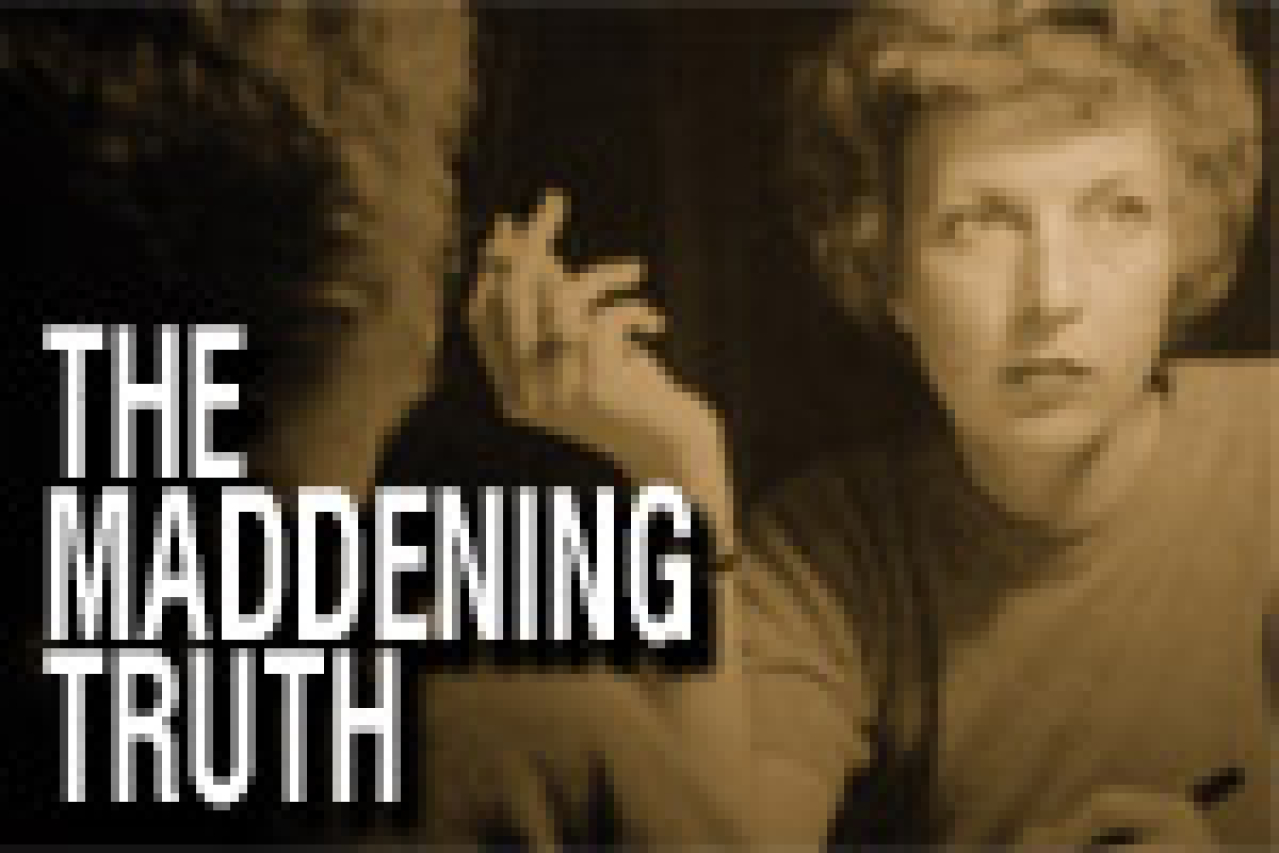The Maddening Truth

(© Theresa Squire)
The most maddening thing about The Maddening Truth, now being given its world premiere by the Keen Company at the Clurman, is not whatever truth neophyte playwright David Hay and experienced director Carl Forsman are trying to impart about their subject, the writer Martha Gellhorn, but how badly they have served their subject, despite their obvious sincerity. Marred by sloppy writing, questionable fact-checking, and the surprisingly incongruous casting of the great if way-too-young Lisa Emery, this one-hour-and-40 minute drama ultimately does neither Gellhorn nor the audience any favors.
While she is to most people a complete unknown or little more than a historical footnote, Gellhorn is a fascinating subject for a play. She was a world-renowned journalist, revered for her clear-eyed reporting on subjects as diverse as Dachau and Vietnam, a novelist and essayist of some note (if minimal popular success), the lover of many of the 20th-century’s most notable men, and, not so incidentally, the third wife of Ernest Hemingway.
It’s not necessary to know all this going in, as Hay — a magazine journalist — manages to ladle out these tidbits, albeit with much subtlety. The only men of note we actually meet, however, are the crusty Hemingway (wanly impersonated by Terry Layman, who does much better later on as an actor named Geoffrey Brooks) and Gellhorn’s longtime lover, the tycoon Laurence Rockefeller (played as a lap dog by Richard Bekins), whom she actually saw only two or three times per year over a 30-year span.
Instead, the man who provides the fulcrum of the drama is one Peter Wilkinson (played by William Connell as if channeling Hugh Grant), a young British newspaper reporter — later turned BBC programming director — who cajoles, flatters, betrays, bullies, and ultimately praises Gellhorn in various encounters from 1972 to 1978, and who Hay posits practically inspired Gellhorn to write her well-received book of travel essays Travels With Myself and Another in which she finally broke her long written silence about Hemingway. The insinuation is almost insulting, as if Gellhorn could never have found her “true voice” without a man to guide her.
Worse still, the pair’s relationship is thrown completely off-balance, as is much of the play, by the casting of Emery. As usual, this incredibly versatile and intelligent actress commands the stage, and she captures Gellhorn’s oddly appealing mixture of brittleness and vulnerability (even as she struggles with a sometimes English, sometimes-American accent). But what justification is there in putting forth this glamorous 40-something actress during a period when the real Gellhorn was in her mid-to-late 60s, as the play clearly acknowledges? (The one exception is a brief flashback to her time with Hemingway, when Gellhorn was in her early 30s) One keeps expecting the two to jump into bed or go out clubbing, when their dynamic should be more mother-son. (In reality, Gellhorn adopted a young Italian boy in 1949, whom she essentially disowned when he turned into a dissolute young man.)
Moreover, if you want to see what the real Martha Gellhorn looked like, head to the post office. She was one of five journalists to be honored with a U.S. postage stamp last October — a far more fitting tribute than this disappointing piece of theater.











